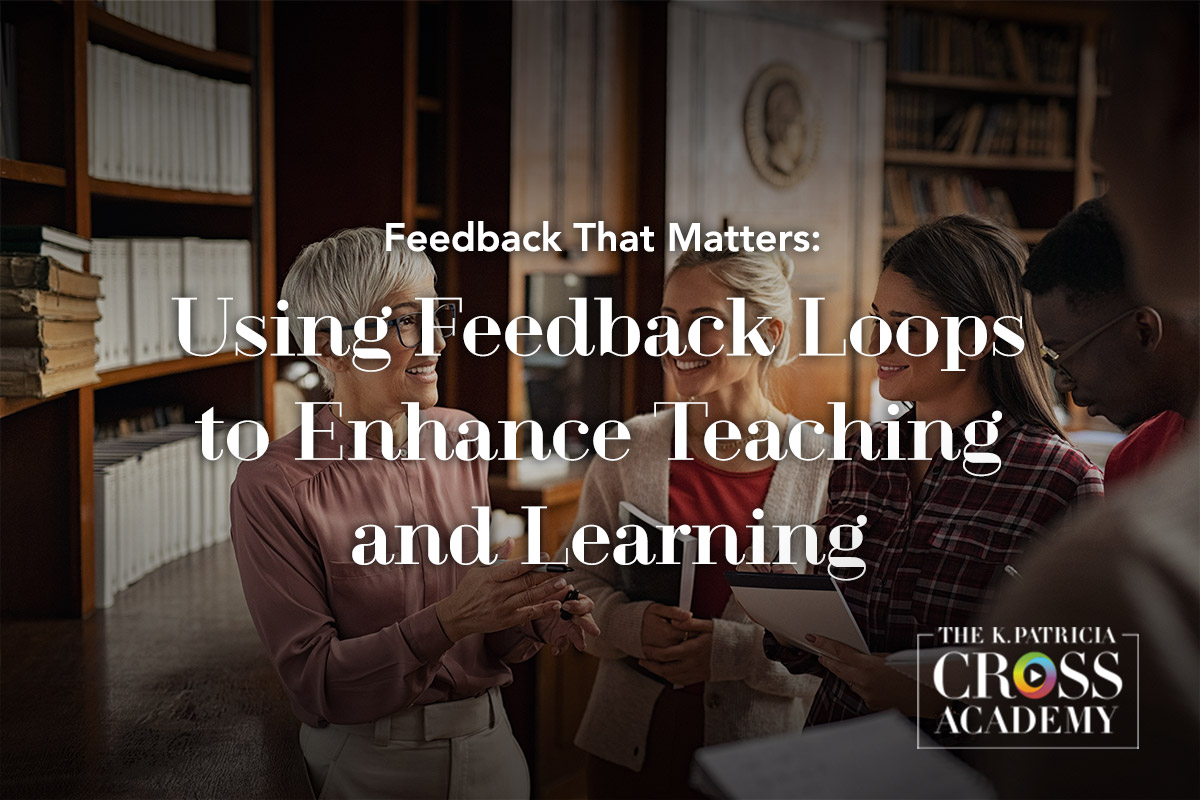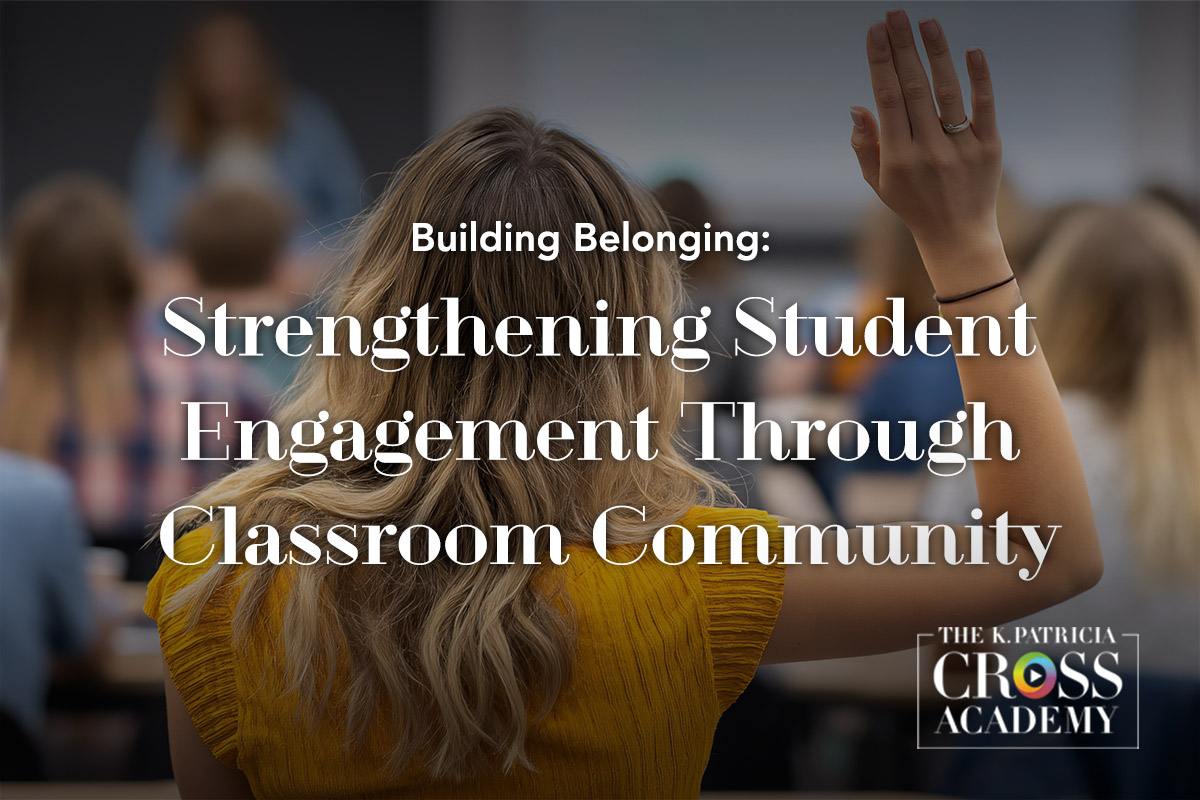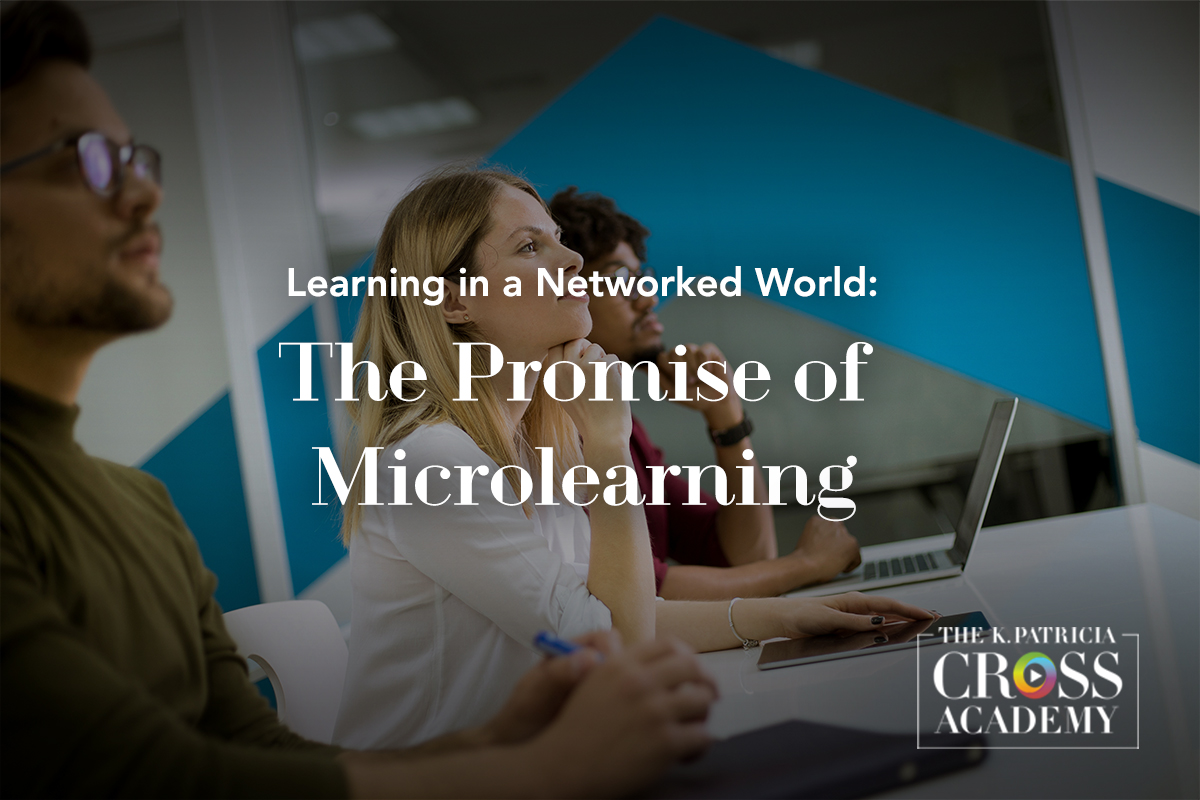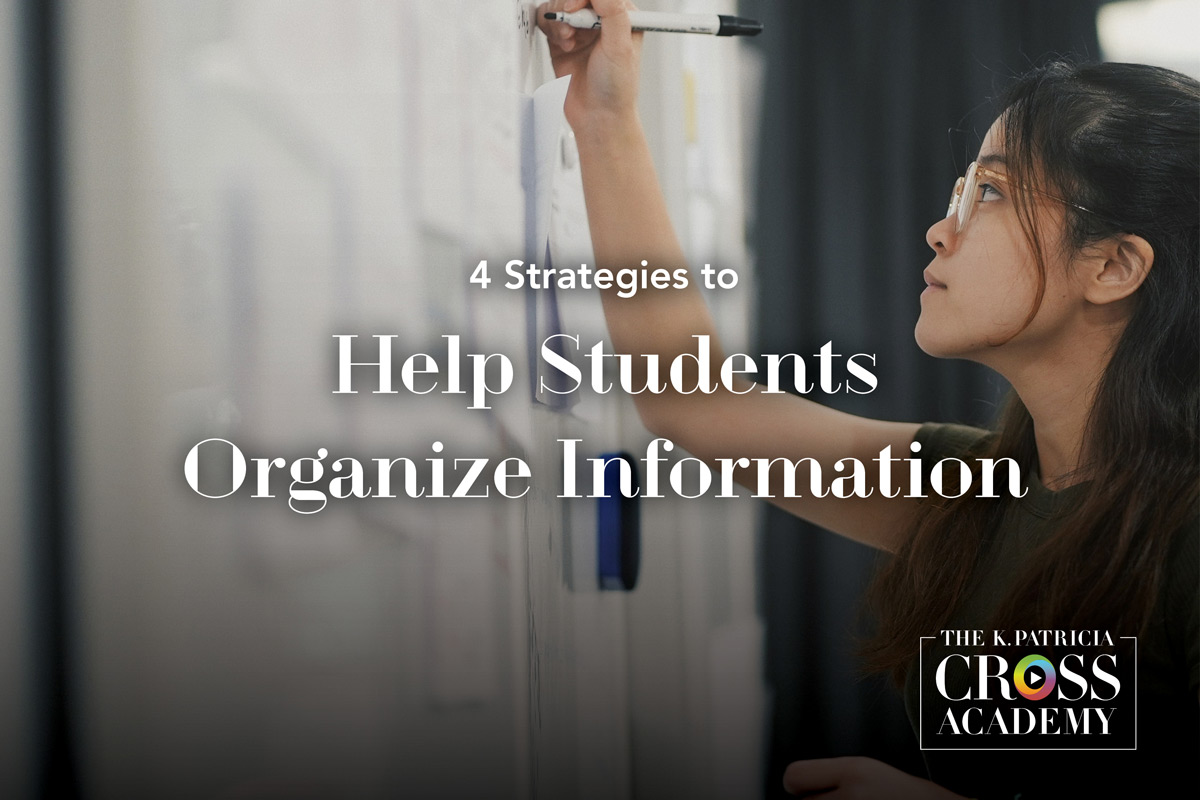
Humans are more likely to remember information that is patterned in a logical and familiar way. Furthermore, the act of organizing information is a helpful aid to human memory (Bailey & Pransky, 2014; Sprenger, 2002; Tileston, 2004). It is no surprise, then, that organizing information is a useful skill for students as well as an activity that can help to deepen learning. Finding and understanding patterns is crucial to critical thinking and problem solving. Struggling students may find it helpful to organize information in a problem because it requires them to think more deeply about each piece of information and how those pieces fit together.
Instructional strategies that involve organizing information have been used in higher education to promote learning for decades. They were brought to the fore of teaching and learning primarily through the cognitive theories of American psychologist David Ausubel. Ausubel (1968) argued that the human mind organizes ideas and information in a logical schema, and that people learn when they integrate new information into their existing schemata. Ausubel advised that teachers can help students arrange new information in meaningful ways by providing them with an organizing structure. Interest in information organizers has gained popularity recently, as they help direct students’ attention to important information by recalling relevant prior knowledge and highlighting relationships (Woolfolk et al., 2010).
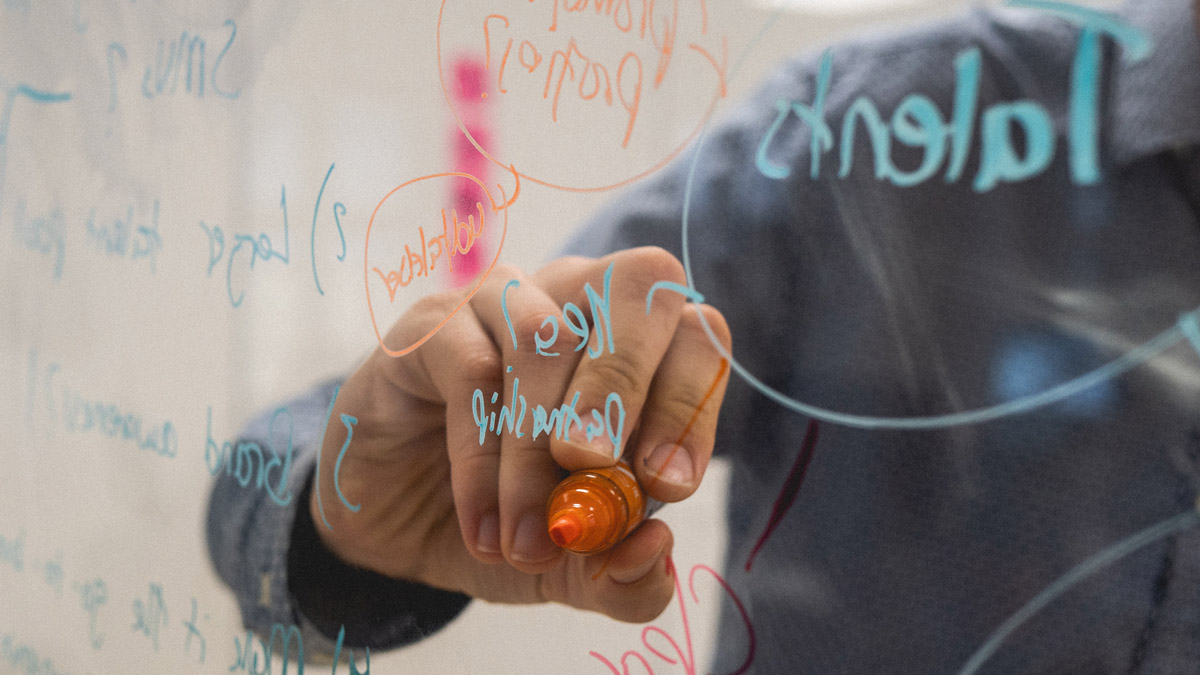
How Does Organization Improve Learning?
Careful design, creation, and implementation of activities that require students to organize information can provide important intellectual guardrails to guide students toward deeper understanding and learning. When instructors provide students with logically organized content, they essentially give students’ brains a head start. Instead of the brain having to make sense of and organize content, it can focus on memory retention (Tileston, 2004). Such activities provide students with a means to categorize cumbersome amounts of information, introduce a more refined lens to analyze a complex text, and enable students to recognize patterns and compare perspectives. However, organizing activities, depending on how they are structured, can have the unintended consequence of limiting students’ thinking to just filling in the boxes. They may allow students to avoid the messy but important work of surfacing key insights or conceptual understanding.
When instructors provide students with logically organized content, they essentially give students’ brains a head start.
Good teachers help students organize information and make connections among concepts they are learning. When students organize information and think about how ideas are related, they process information deeply and engage in elaboration. Understanding and retaining content are facilitated. Organizing information increases the likelihood that students will make sense of it and that it will transfer from working memory to permanent memory, where it can be used by students in the present and in the future. Students arrange information hierarchically, categorically, sequentially, or in other ways. They discover and depict the overall structure of the material as well as identify how discrete pieces of information fit together. They organize and reorganize generalizations, principles, concepts, and facts. They explain their thinking to partners or groups and listen to alternative perspectives.
Many of the strategies can also be used as pre- and post-assessments to determine what students already know and what they have learned. However, in our view, their primary purposes are to help students understand and remember the content, and so we describe them with those purposes in mind. When students organize information, they:
- Distinguish between major ideas and important details.
- Identify superordinate, subordinate, and parallel ideas.
- Consider similarities and differences.
- Analyze critical features.
- Categorize information.
- Discuss their thinking about how information is organized with peers.
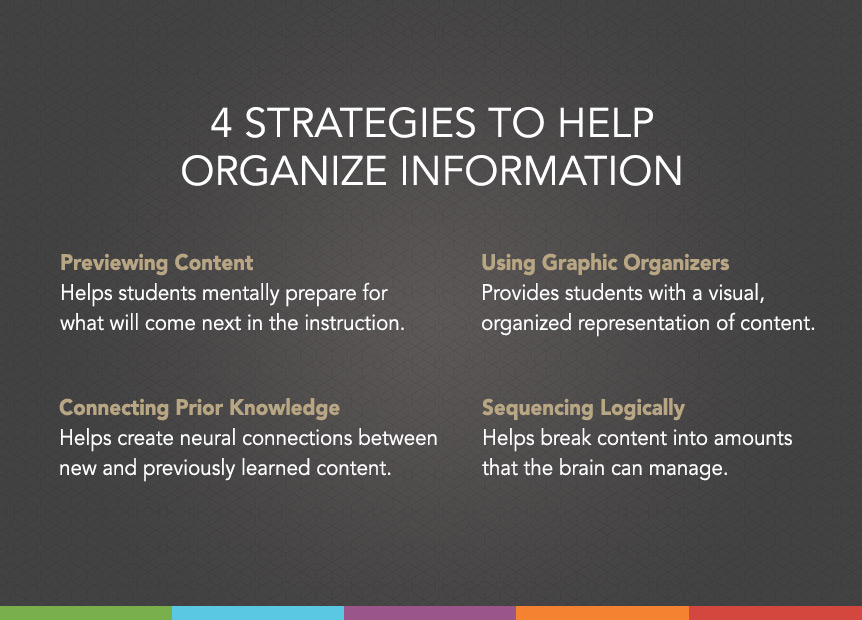
Strategies for Facilitating Organization
Four strategies in particular help students organize and pattern information. They include:
- Previewing Content: This helps students mentally prepare for what will be coming next in the instruction.
- Connecting Prior Knowledge: This helps create neural connections between new and previously learned content.
- Using graphic Organizers: This provides students with a visual, organized representation of the content.
- Sequencing Logically: This helps break up content into amounts that the brain can manage.
Teachers need to strive to change their thinking from planning lessons, to planning for learning (Jensen, 1995; Tileston, 2004). Being a content and strategy expert is important, but is of little worth if students can’t remember anything from a lesson. A teacher who effectively organizes information for students helps them improve their memory retention.
Cross Academy Techniques
To help students organize information in your courses, consider the following Cross Academy Techniques:

Advance Organizers
An Advance Organizer is a tool that professors can present to students prior to a lecture to help them structure the information they are about to learn.
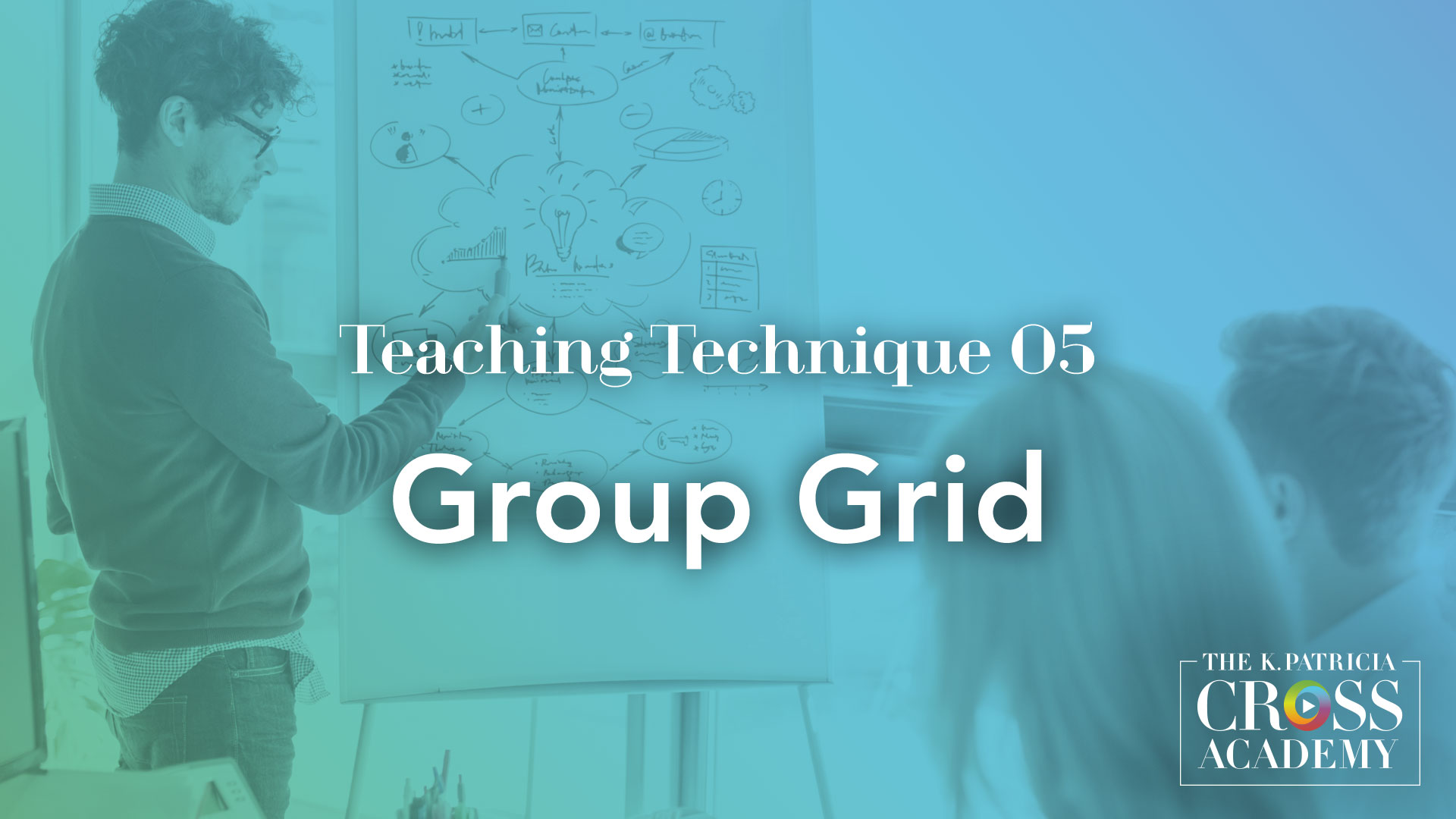
Group Grid
In Group Grid, group members are given pieces of information and asked to place them in the blank cells of a grid according to category rubrics, which helps them clarify conceptual categories and develop sorting skills.
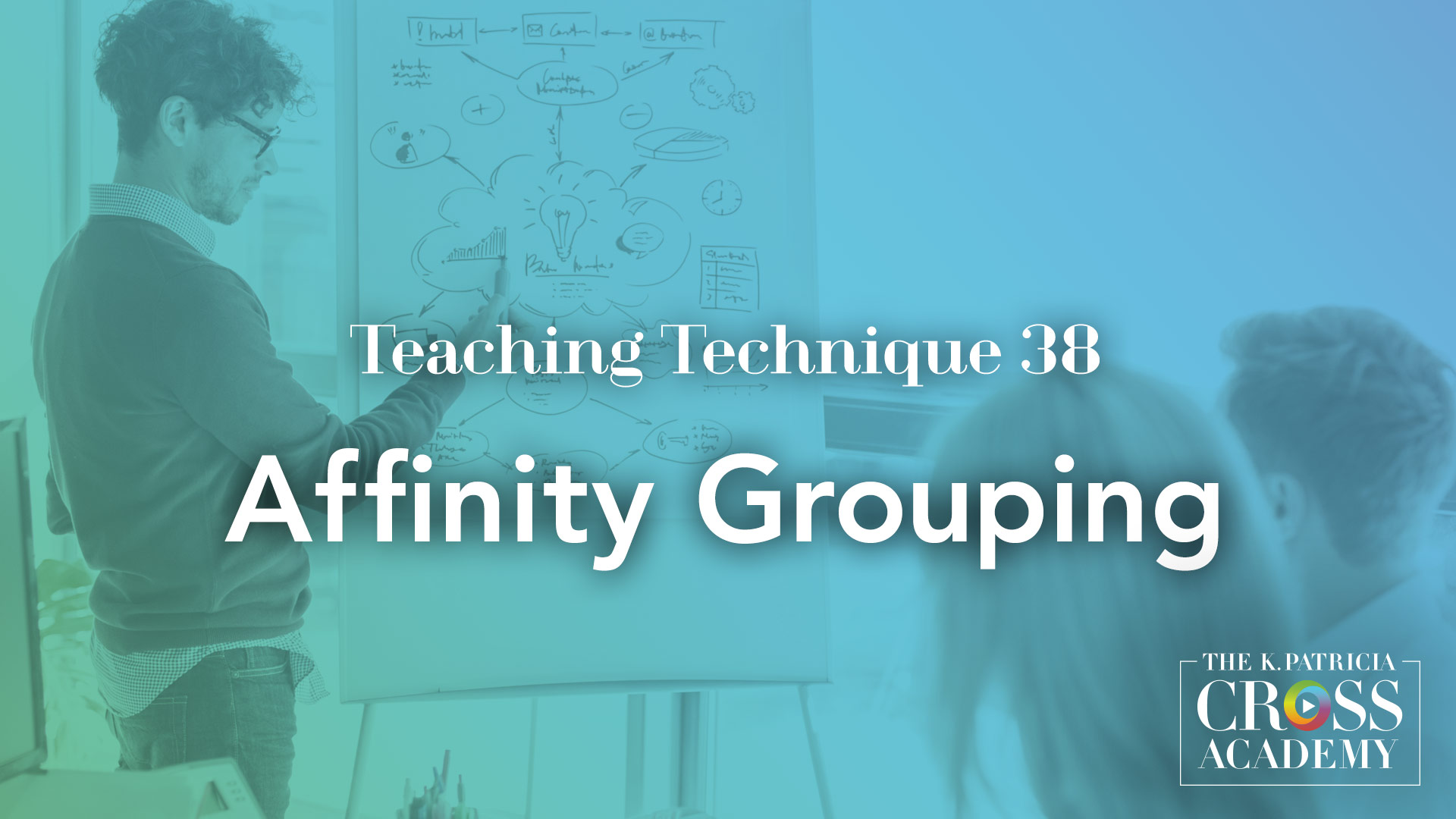
Affinity Grouping
In Affinity Grouping, individual students generate ideas and identify common themes. Then, students form groups to sort and organize the ideas accordingly.
Email us to receive information about new blog posts.
References
Ausubel, D. P. (1968). Educational psychology: A cognitive view. New York: Holt, Rinehart, and Winston.
Bailey, F. & Pransky, K. (2014). Memory at work in the classroom: Strategies to help underachieving students. Alexandria, VA: Association for Supervision and Curriculum Development.
Jensen, E. (1998). Teaching with the brain in mind. Association for Supervision and Curriculum Development.
Sprenger, R. (2004). Trust: The best way to manage. Cyan Books.
Tileston, D. W. (2004). What every teacher should know about learning, memory, and the brain. Corwin Press.
Woolfolk, A. (2010). Educational psychology (11th ed.). Merrill.
Suggested Citation
Barkley, E. F., & Major, C. H. (n.d.). 4 strategies to help students organize information. CrossCurrents. https://kpcrossacademy.ua.edu/4-strategies-to-help-students-organize-information/
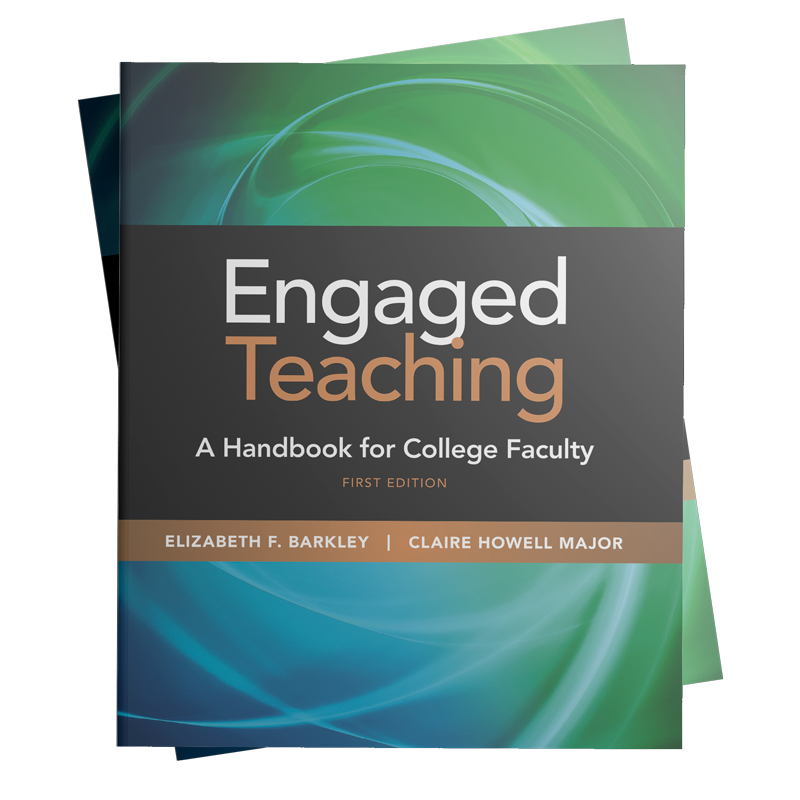
Engaged Teaching
A Handbook for College Faculty
Available now, Engaged Teaching: A Handbook for College Faculty provides college faculty with a dynamic model of what it means to be an engaged teacher and offers practical strategies and techniques for putting the model into practice.
